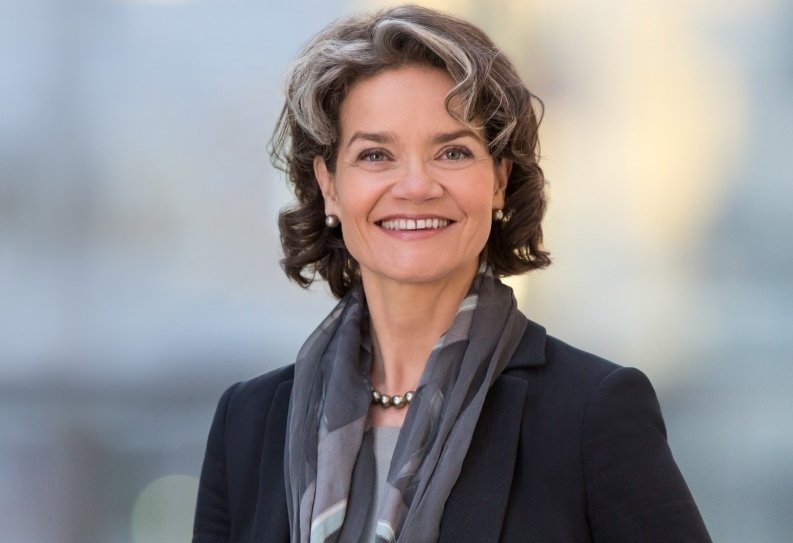 Deutsche Telekom’s Board Member Europe and Technology Claudia Nemat says 5G differentiators have become more tangible over the course of the year.
Deutsche Telekom’s Board Member Europe and Technology Claudia Nemat says 5G differentiators have become more tangible over the course of the year.
“Deutsche Telekom has achieved many records and underlined its technology leadership position in Europe,” said Claudia Nemat, Board Member Europe and Technology at Deutsche Telekom.
Network Slicing is expected to be the key enabler in this coming generation of technology. It is able to fulfill even the diverging demands of the different user groups on a common infrastructure using programmable, virtual networks.
IoT in demand
Deutsche Telekom Group’s CTO Bruno Jacobfeuerborn says the commercialization of Narrowband IoT will be one of the biggest trends in the industry.
Besides mobile broadband and Tactile Internet, IoT is a major focus of 5G. Technology partners have activated the world’s first narrowband IoT system on DT’s live network.
IoT revenue for mobile operators reached €11 billion in 2016, according to Berg Insights.
Juniper Research says the number of connected IoT (Internet of Things) devices, sensors and actuators will reach over 46 billion in 2021.
Ericsson says consumers are using automated applications, encouraging IoT adoption. Two in five believe smartphones will learn their habits and perform activities on their behalf automatically.
Deutsche Telekom and IoT
On the way to 5G, Deutsche Telekom will focus in 2017 on sensor based connectivity to open up Internet of Things (IoT) use cases.
Deutsche Telekom, in autumn 2016, started to build its advanced mobile networks in Germany and Netherlands for customers to test and develop their IoT use cases. Greece soon followed. Deutsche Telekom will add more countries for its IoT networks in 2017.
Deutsche Telekom supports cities by offering smart city applications to convert digital visions into a reality. IoT solutions from Deutsche Telekom will support municipal administrations to cope with challenges such as increasing traffic, the need for more energy and drinking water, and additional requirements for waste and waste disposal.
Throughout Europe, Deutsche Telekom has launched smart city projects for parking management, mobility management, intelligent street lighting, public safety and waste management.
In the city of Monheim am Rhein, the street lights require less energy, are dimmable and remote-controlled, and will report failures automatically. The new LED Christmas decoration can be remotely controlled via the light management.
The city replaced heads of the street lanterns with LED technology and reduced power consumption per lantern drops from 70 to 22 watts per hour — a saving of nearly 70 percent. The city saves additional energy in the night when the traffic has come to a rest. The lamps can also be dimmed from a distance via the light management provided by Deutsche Telekom.
Deutsche Telekom and 5G
Deutsche Telekom, which is taking on several operators including Vodafone in the IoT space, has achieved a world first sub one millisecond latency in an end-to-end Network Slice as part of the Barcelona demonstration.
In the worldwide highest mmWave access capacity demonstration, Deutsche Telekom achieved up to 70 Gigabit per second multi-user connection speeds. Trials with the automotive industry on the A9 highway in Germany have demonstrated the potential of low latency technologies to improve road safety.
Deutsche Telekom is on its way to break more records in the emerging 5G technology space. IoT is one of the revenue models that will support 5G investment.
Baburajan K
[email protected]





